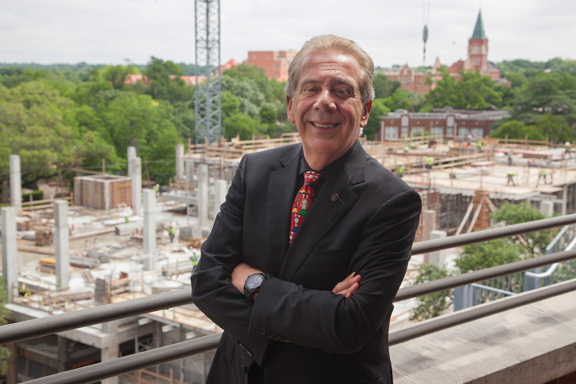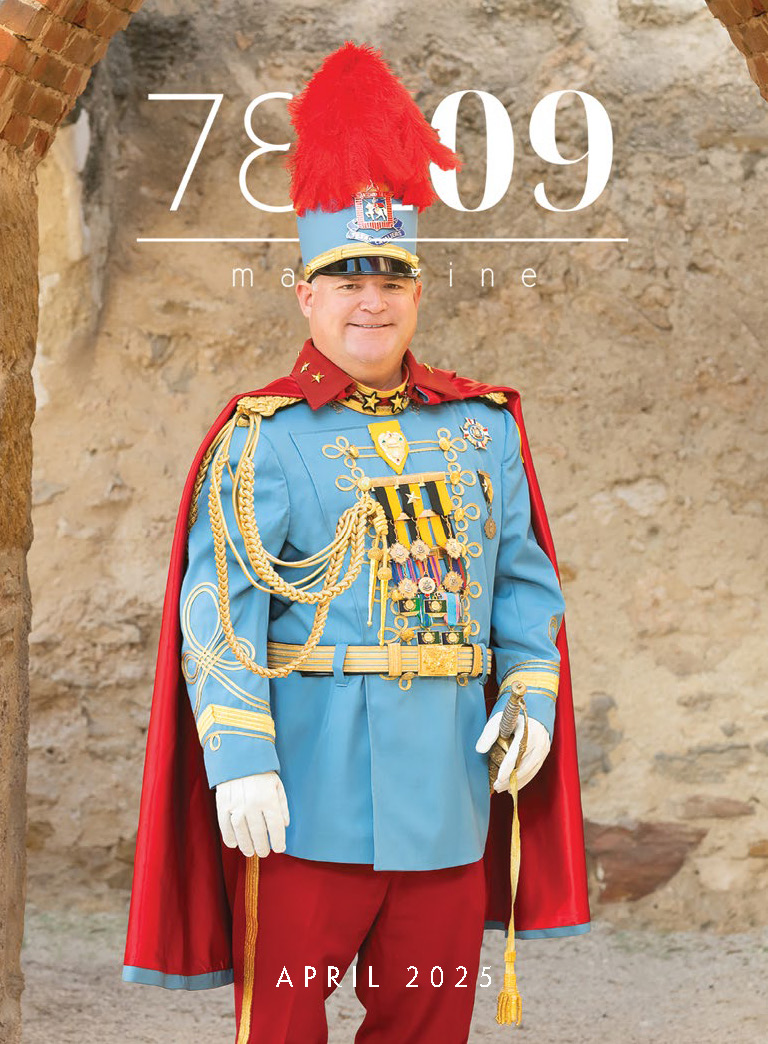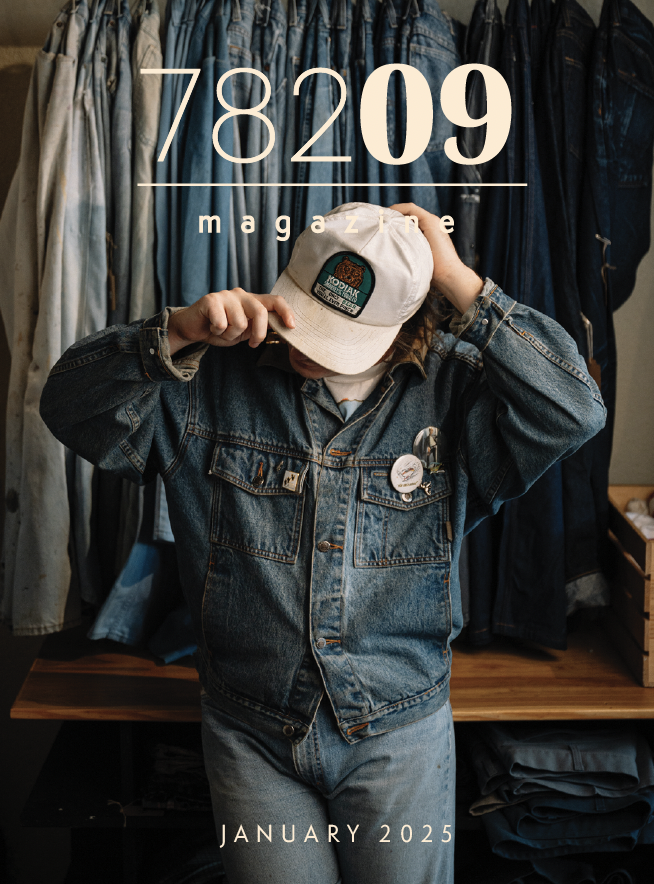PROUD PAST, BRIGHTER TOMORROW
For long-term residents of ‘09, the University of the Incarnate Word has always been a cherished, seemingly unchanging presence. On the surface, it represents an enduring edifice of higher education steeped in traditional faith- and community-based values while also reflecting the small-town, “old school” feel of the surrounding neighborhood. And while this nostalgic perception might be somewhat accurate, for those who actively live, work, study and, most importantly, achieve on this continually evolving campus, the real story is a lot more impressive.
Since 1985, when the school’s current president, visionary and Alamo Heights resident Dr. Louis Agnese, took the troubled helm, UIW has been undergoing a nonstop transformation resulting in the attainment of myriad world-class credentials, including diverse and in-demand educational offerings, the recruitment of a stellar faculty, new and improved facilities, an expanded sports presence and, of greatest importance, amazing student accomplishment. Go Cardinals go!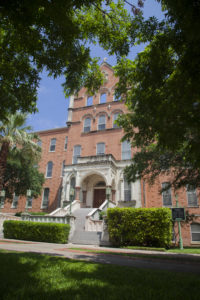
Founded in 1881 by the Sisters of Charity of the Incarnate Word – a religious order started by three intrepid French nuns who first arrived on Texas shores in 1869 – Incarnate Word College’s initial role was to provide higher education exclusively for women, a rare commodity on the frontier at that time. After successfully establishing itself in the bustling heart of downtown San Antonio, by the turn of the century, the decision was made to accept area children as well, and as a result, the more encompassing name of the College and Academy of the Incarnate Word was adopted. With its ever-expanding enrollment, however, by 1909 more space was needed, and thanks to the generosity of banker-philanthropist George W. Brackenridge, the institution gratefully acquired the lush, sprawling acreage surrounding the headwaters of the San Antonio River that, a century-plus later, the school still occupies today.
Throughout the subsequent years, Incarnate Word continued to evolve, establishing a high school, adding additional undergraduate and graduate studies, eventually accepting men and, foremost, offering a unique and nurturing path for many of the underserved Hispanics seeking excellence and the additional opportunities that a higher Catholic education afforded. It was a warm and giving private enterprise, excelling in certain areas – such as nursing and education – with a proud history, but unfortunately, somewhat static as well, and thus ultimately it faced a declining enrollment (primarily from increased competition from state schools) and an uncertain future.
In 1985, decisions were made to address the pressing challenges that the college was experiencing. With the current president nearing retirement, a national search was conducted for some “new blood” that resulted in the surprise acquisition of a high-energy 33-year-old vice-president from Iowa’s Briar Cliff University with extensive long-range planning, budgetary and personnel expertise. His name was Louis J. Agnese (originally from Brooklyn, N.Y.), and on March 25, 1986, this farsighted young man was inaugurated Incarnate Word’s eighth president and, some might say, its savior.
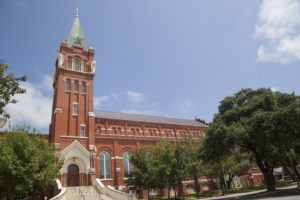 He hit the ground running. After several months of close assessment and realizing the school’s viability was in jeopardy, Louis instituted an aggressive campaign not only further targeting San Antonio’s often lower-income Hispanic populace but also reaching out to all segments across the city. Through the effective use of a variety of media, it wasn’t long before the entire region was abuzz with his message to come to “the College.” And come they did – and still do – in amazing numbers.
He hit the ground running. After several months of close assessment and realizing the school’s viability was in jeopardy, Louis instituted an aggressive campaign not only further targeting San Antonio’s often lower-income Hispanic populace but also reaching out to all segments across the city. Through the effective use of a variety of media, it wasn’t long before the entire region was abuzz with his message to come to “the College.” And come they did – and still do – in amazing numbers.
When Louis first took office, the falling enrollment was at an anemic 1,296. Today, as a result of continued advertising, promotion, word-of-mouth, an excellent and expanded curricula and pure momentum, there are almost 11,000 focused and prospering students from across San Antonio, the state and the globe, making the now University of the Incarnate Word the third-largest private institution of higher learning in Texas.
But enrollment isn’t everything. Louis was determined to make his school superior and more diverse academically, structurally and athletically as well. Beyond the existing excellent and varied undergraduate and graduate offerings, under his able leadership the first Ph.D. program was created, while prestigious doctoral programs were also established in pharmacy, optometry, physical therapy, nursing practice and business administration, all featuring a top-tier faculty. Also as a result of the doctor’s vision, UIW now has and continues to add new state-of-the-art, on-site teaching centers. It also boasts two campuses in Mexico and an academic site in Germany. A School of Osteopathic Medicine is slated to open at Brooks City Base next year. And with its recent inclusion into the competitive Division I Southland Conference and 23 UIW athletic teams to root for — physically, mentally and facility-wise — the Cardinals, and especially team-leader Louis, are soaring high.
Lastly, the key to the future success of any school is creating an environment conducive to cohesiveness and/or “a feeling of belonging.” Louis is a firm believer in and proponent of this aspect of inclusive “school spirit.” With UIW’s faith-based approach to “all things” – on the campus, in the classroom, on the sports field, in personal interactions, etc. – everyone (student, faculty, employee) is entitled to respect, courtesy and consideration. Because of this pervasive attitude, UIW has become a shared community whose members proudly carry their affiliation throughout their lives. When queried about what he finds most fulfilling, the doctor readily responds, “Meeting former students who have gone on to productive lives telling me that they always carry the university in their hearts and are thankful for the benefits received.”
Thank you, UIW, for 135 years of learning. Your future in 78209 looks bright indeed.
By Ernie Altgelt
Photography by Elizabeth Warburton

